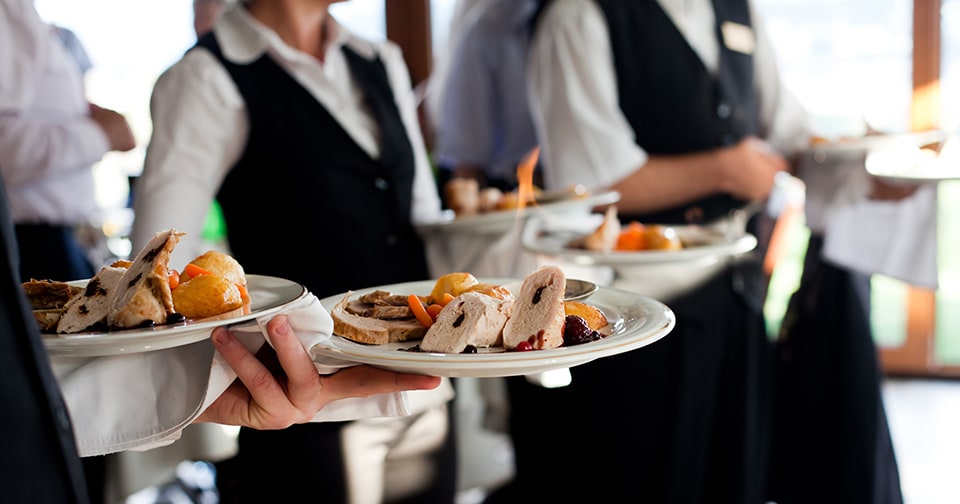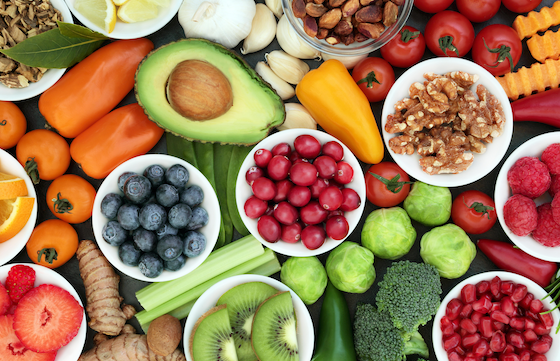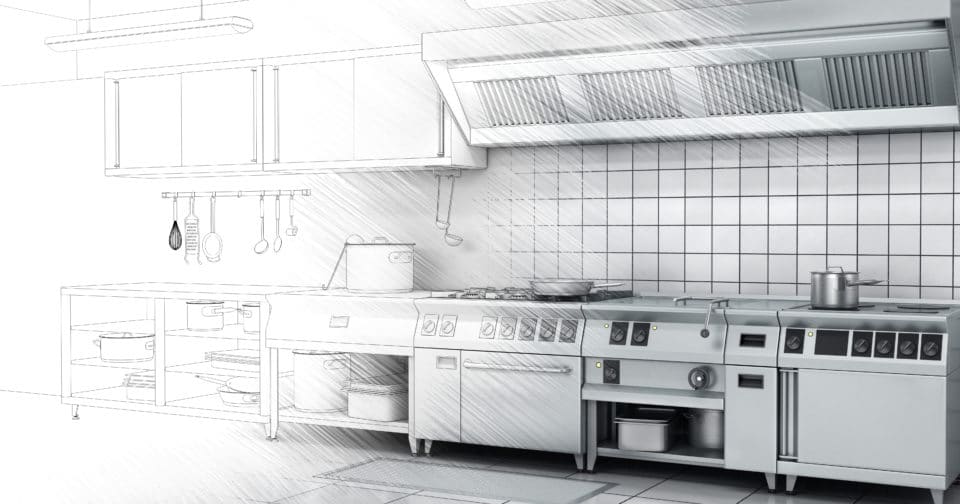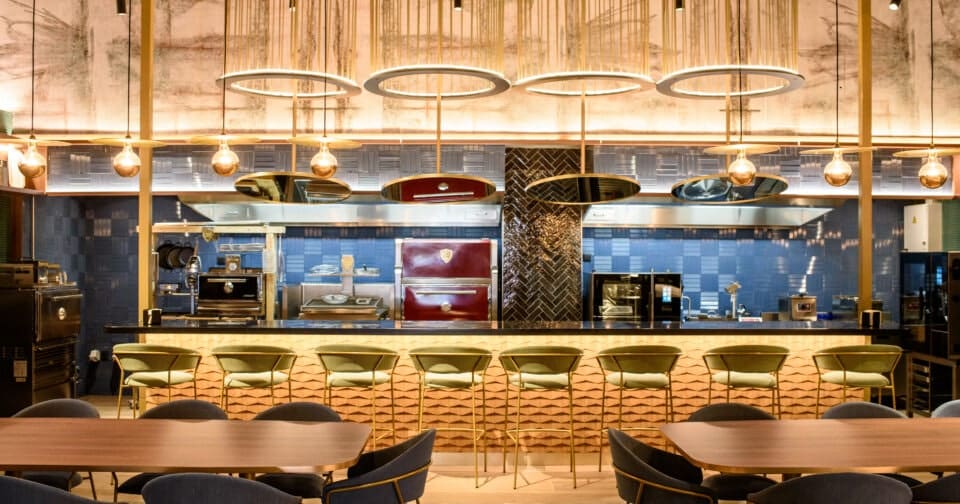
Will this be the year that we see the end of tipping? What market sectors will thrive in 2016? And what flavors will hit the spot with consumers? As last year drew to a close a flurry of reports full of trends predictions for 2016 were published, proclaiming the year’s major developments in the foodservice sector. We asked four consultants for their take on what to look out for in 2016.
Chris Bigelow FCSI, The Bigelow Companies
I am not sure we’ll see any new trends this year, but we’ll certainly see a continuation of the predominant trends from last year, including:
- Operators in the sports and leisure market will look for more intelligence from their data and analytics departments to focus and customize menus, based on their event’s demographics, and make their service more efficient. Unfortunately, the one area that could use the most attention, employee training, is also the toughest to implement and least sexy of the “new” ideas, so it will continue to be the operators’ Achilles heel.
- Customers’ tastes will continue to evolve as will their desire for new flavors, more exotic spices and cooking methods. However, the real sports fan wants their beer – now craft brewed not by large breweries – and all-beef hot dog or quality meat pie depending on where you call home. But the casual fan base, which is making up more of the audience, can look forward to grazing through a real assortment of flavorful foods and pop up restaurants.
- The other trend that may be confined to North America, but could easily spread to other continents, is the “seatless” arena. Fans, particularly the Millennials, buy their tickets to a sporting event, but rarely sit in their assigned seat. They want to gather and network with friends in clubs, restaurants, party decks, hangouts, even standing room porches throughout the stadium. They know the game is going on and can see the field, pitch, ice or basketball floor, but will spend more time watching it on TV monitors and on their phones, while they eat and drink the whole while. This is making food and beverage an even bigger part of their night at the game and specialty menu items from signature chefs and local restaurants are becoming as important to the entertainment event as the sport, concert or show itself.
Barbara J Pyper FCSI, An Apple a Day
I think we’ll have a renewed focus on food safety given what’s been happening with food-borne illness outbreaks. I see some new food trends as well as a continuation of some elements from last year. These include:
- A continued focus on “real,” less processed foods
- A continued focus on food waste and sustainability
- A focus on flavors – the search for the next Sriracha, tea as a flavor, international cuisine (such as Middle Eastern, Japanese 7 spice, African)
- Vegetables – cauliflower, seaweed, root-to-stalk cooking, pickled vegetables, vegetable noodles
- Grains – new ancient grains like teff, faro, freekeh
- Dairy – savory yogurt
- Protein – plant-based pulses like beans, peas, lentils
- Snacks – hummus, flavored popcorns
Chris Tripoli FCSI, Foodservice Consulting Group
This year will be interesting for the independent restaurant operator. It may become known as the year of adjustment.
- Higher minimum wage discussions are growing more common with many local governments adopting wages as much as twice the current federal minimum wage. This is leading to more attention being paid to efficiency and technology. Starting next year and continuing from there, we will see fewer working stations in most kitchens. We have been working with many restaurant clients this year preparing them for this. We have been finding ways to increase productivity while decreasing the amount of kitchen workers needed.
- Starting next year and continuing from there we should see more use of counter kiosks and table top order stations at QSC and other casual restaurant concepts. This enables the operator to utilize available technology to reduce the amount of service staff required.
- Tipping as a common practice will become a point of discussion among most restaurant market segments next year. it is a little funny that while full service restaurants will consider discontinuing tipping as a way to equalize pay structure among staff we will continue to see more tip jars on the counters of limited service concepts.
- Salaried managers and assistant managers may have their positions, responsibilities and schedules reviewed in order to make certain they will meet the wage and hour requirements to be exempt from overtime.
- use of technology in every day management will become more common place next year. on line applications to select hourly workers as well as training programs are available as well as those that help manage inventory and mens item cost. on line job sites are quickly become the way employers search for needed staff.
- Although the general public eats out more regularly than ever (.48 cents out of the food dollar is spent eating away from the home) there is no guarantee every restaurant will see revenue increases. it is a most competitive industry with a consumer that is more knowledgable then before and more fickle than ever. The winners are those you will perfect their “points of distinction” in concept and menu and manage their use of social media to stay in touch with their customers. making loyal followers out of satisfied customers is the challenge and the single best way to raise revenue in the competitive environment we are in.
- This year will see the continuation of “value dining”. Good tasting, attractive presented menus that feature local product at reasonable prices will win. Counter service “fast casual” segment will continue to grow. Casual full service restaurant concepts will continue to struggle.
- In-home catering by your favorite neighborhood restaurant, and grab and go meals from retail institutions are two areas that will experience growth.
- Seasonal changes to food and bar menus will continue.
- Breakfast menu items being added to lunch and dinner menus may become a little more common this year.
Robert Doland, Jacobs Doland Beer
- We are seeing new entrants into the fast casual markets. Top culinary organizations, celebrity chefs and well respected Michelin star restaurants are all getting into this growing market segment.
- In general, we are seeing reduction in the amount of offerings in operations with a focus on doing a few things, or even one thing, at the highest level. The explosion of food halls and markets are driving this phenomenon as a necessary reaction to the limited space given to them, however, it has resulted in a very menu specific, destination driven market model in bother restaurants and B & I locations.
- B & I quick service. The introduction of tracking and scanning equipment has allowed for an explosion of customer-operated micro-markets and quick service cafes. Hot and cold fresh food, high quality coffee and espresso, fresh baked goods and convenience items are all bar coded and ready for a quick swipe and exit.
- Remote desk-top or smart phone ordering and payment is making a big impact in our new facility designs.
Limited and sometimes, full menus are offered as an order ahead option. Guests pick up their items away from the café for speedy service and reduction in the overall café congestion.
Tina Nielsen




